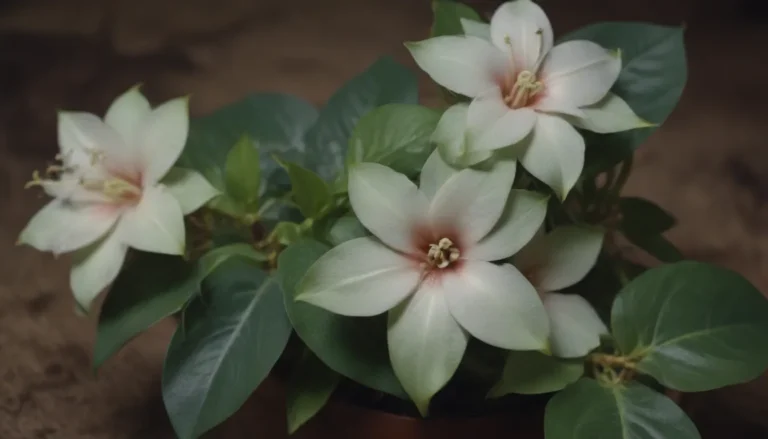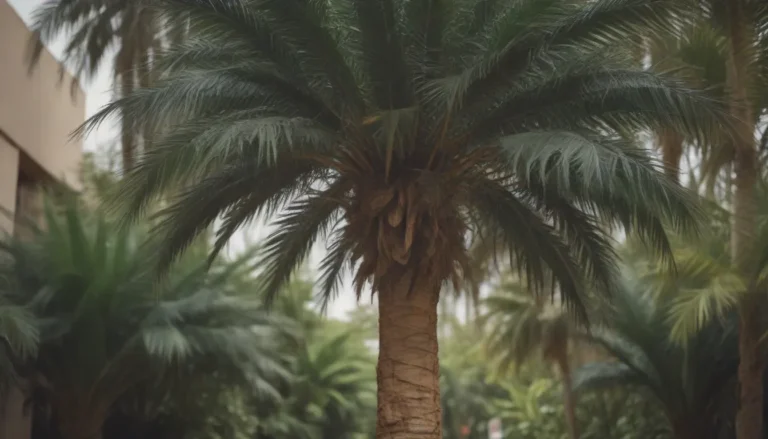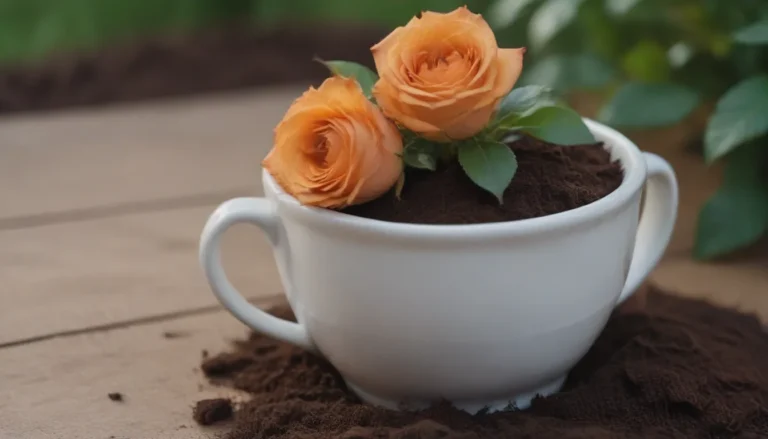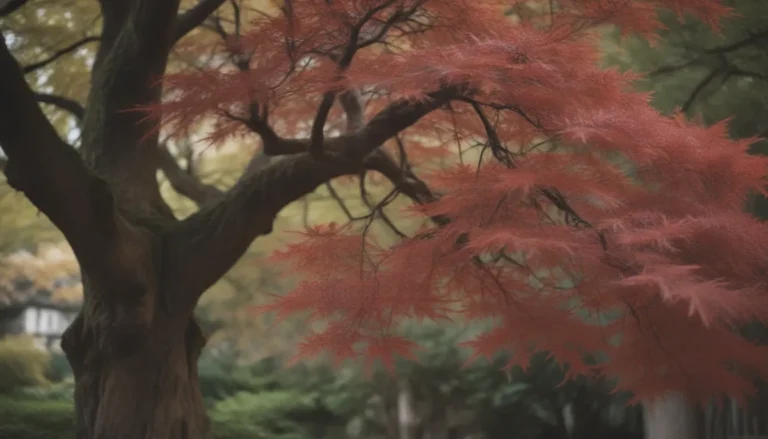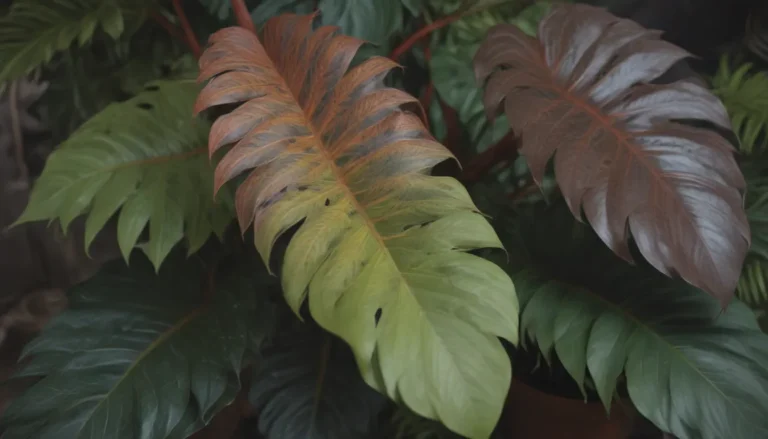How to Grow, Care for, and Propagate Adam’s Needle Plants
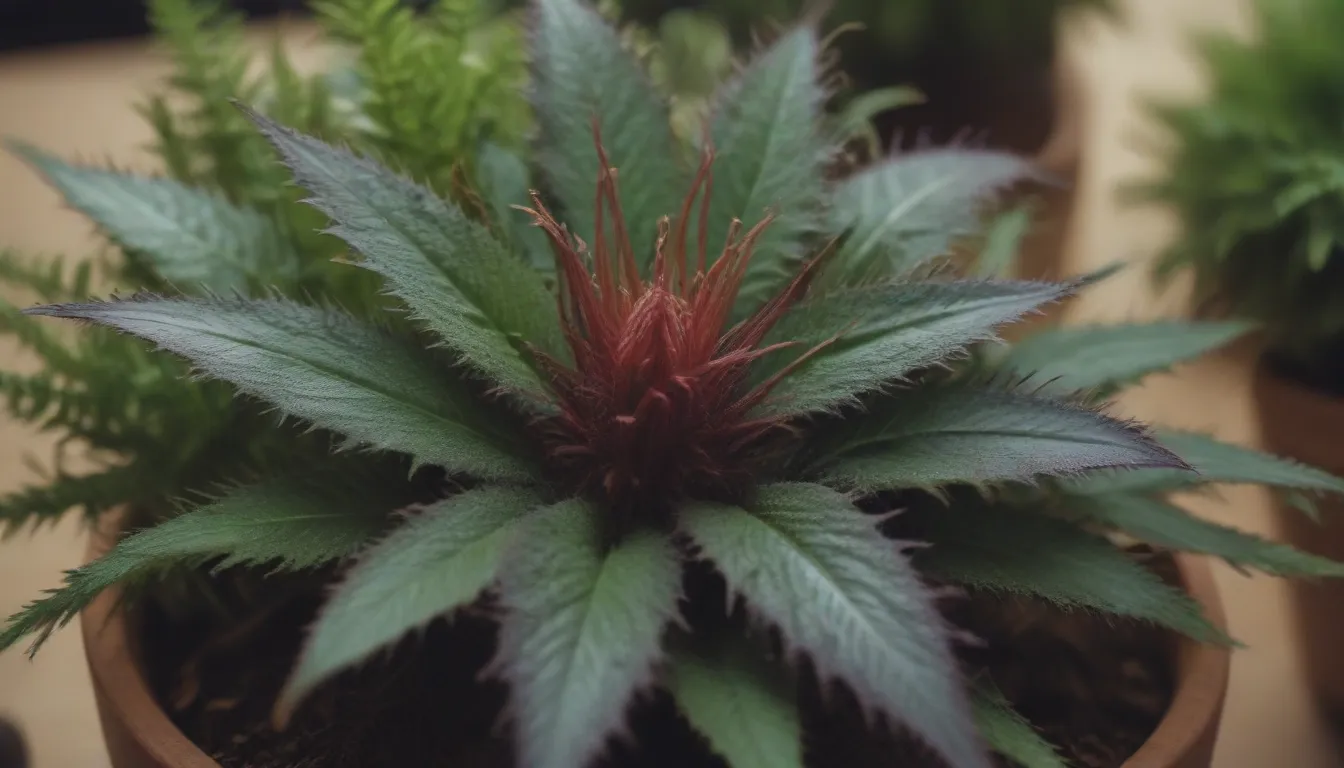
Adam’s needle, also known as Yucca filamentosa, is a beautiful broadleaf evergreen succulent that adds a unique touch to Southwest-themed landscapes. This slow-growing plant is a member of the asparagus family and is characterized by its stemless shrub structure with blade-like leaves forming a basal rosette. The foliage clumps typically reach heights of 2 to 3 feet, with curled threads lining the edges of the leaves, giving it its species name—filamentosa. Mature plants, around four to five years old, send up large flower stalks in late spring or summer, reaching heights of up to 8 feet and topped with bell-shaped, creamy white flowers that attract butterflies and hummingbirds.
Adam’s Needle Care
Growing Adam’s needle is a relatively low-maintenance endeavor, making it an ideal plant for those who prefer minimal landscape maintenance. Here are some tips for caring for your Yucca filamentosa:
- Pruning: Trim off spent flower stalks at the end of the year and remove any old leaves that have turned brown.
- Planting: Provide 2 to 3 feet of open space around the plant to make it easier to work around the sharp, spiky leaves.
- Placement: Ensure the plant receives full sun for optimal growth, though it can tolerate some shade.
- Soil: Adam’s needle thrives in well-drained, slightly dry soil, making it suitable for poor, rocky, or sandy areas.
- Watering: Water lightly during the first year, but once established, it requires minimal supplemental watering.
- Temperature: Suitable for USDA hardiness zones 4a-10a, withstanding temperatures down to 5 degrees Fahrenheit with proper protection.
- Fertilization: Feed sparingly with a balanced fertilizer, especially if the plant shows signs of languishing.
Types of Adam’s Needle
There are several cultivars of Yucca filamentosa, each with its unique characteristics. Some popular varieties include:
- ‘Bright Edge’
- ‘Golden Sword’
- ‘Garland’s Gold’
- Yucca flaccida
- Yucca glauca
Propagating Adam’s Needle
If you wish to propagate your Adam’s needle plant, consider the following methods:
- Seed: Sow seeds indoors in March for best results.
- Stem Cutting: Prune healthy stems for propagation.
- Rhizomes: Divide the underground root system for new plants.
- Basal Offshoots: Grow new plants from offshoots at the base of the parent plant.
How to Grow Adam’s Needle From Seed
When growing Yucca filamentosa from seed, follow these steps for successful germination:
- Sowing: Start the germination process indoors, preferably in March.
- Germination: Soak the seeds overnight before planting for better results.
- Seedlings: Be patient, as it may take four to five weeks for seeds to germinate successfully.
Potting and Repotting Adam’s Needle
For container-grown Adam’s needle plants, keep the following tips in mind:
- Container Size: Use an 18-inch pot with ample drainage holes for optimal growth.
- Repotting: Only repot every three to four years into a slightly larger pot.
- Potting Mix: Use a porous succulent or cactus mix for best results.
Overwintering
To ensure your Adam’s needle plant survives the winter months, consider the following precautions:
- Dormancy: The plant suspends storing water during dormancy to protect itself from deep freezes.
- Winter Care: Reduce supplemental watering by late summer and protect the plant from frost with mulching and insulation.
- Spring Care: Remove mulch and protect your plant from late frosts in spring.
Common Pests and Problems
While Yucca plants are generally low-maintenance, they can still face certain issues:
- Pests: Deal with common pests like aphids, mealybugs, and scale bugs using appropriate methods.
- Yucca Weevils: Monitor for yucca weevil infestation, as it can be detrimental to the plant’s health.
- Issues: Watch for signs of overwatering, over-fertilizing, or lack of sunlight, which can lead to yellowing leaves, leaf discoloration, and other problems.
Conclusion
Growing and caring for Adam’s needle plants can be a rewarding experience, adding a touch of the Southwest to your landscape effortlessly. By following these tips on care, propagation, and common problems, you can enjoy the unique beauty of Yucca filamentosa in your outdoor spaces. Remember to provide adequate sunlight, well-drained soil, and minimal watering for a thriving plant that will attract butterflies and hummingbirds with its stunning flowers. Whether you’re a seasoned gardener or a novice looking to enhance your landscape, Adam’s needle is a versatile and hardy plant that can brighten any garden or patio with its unique charm.
